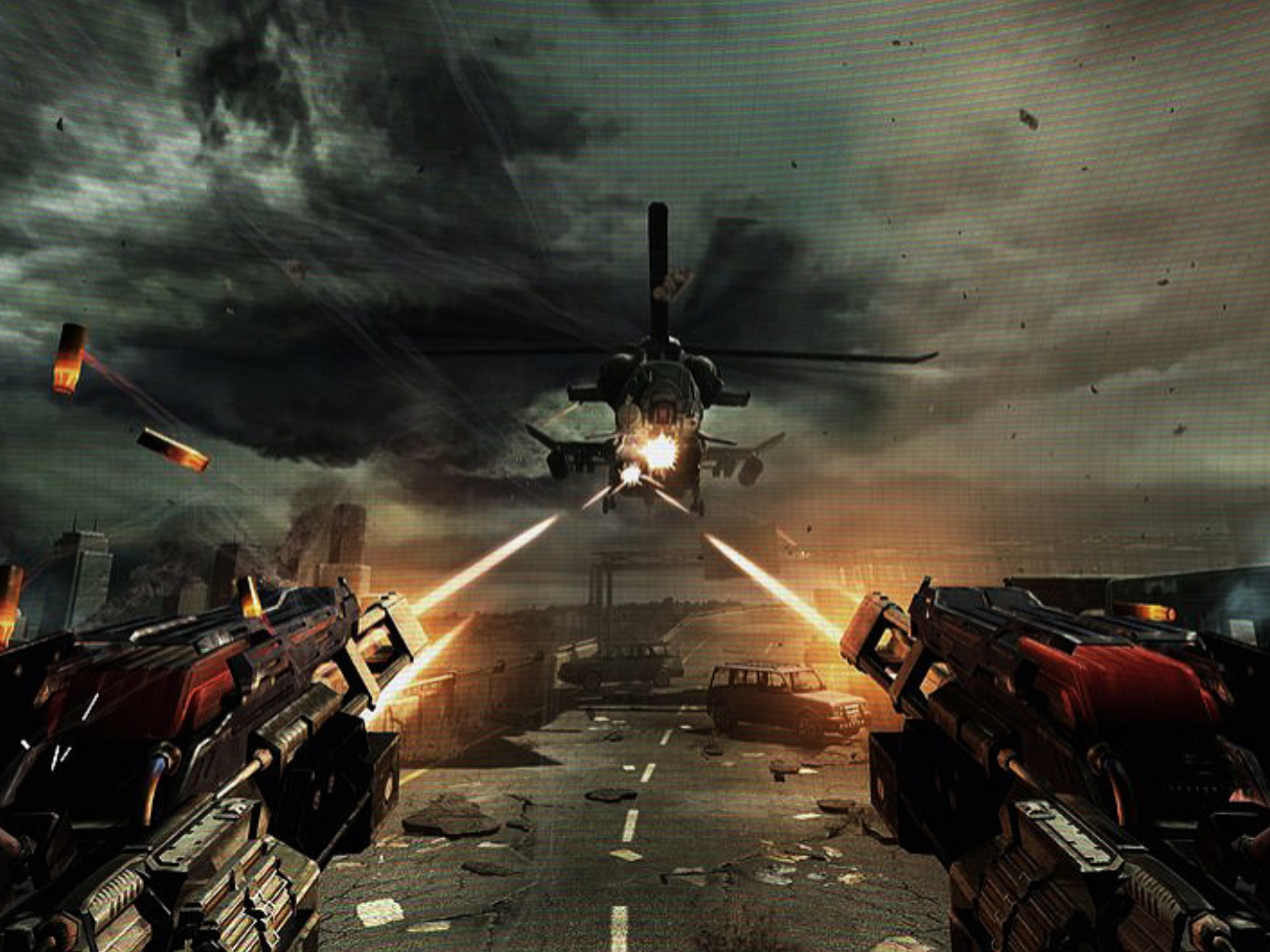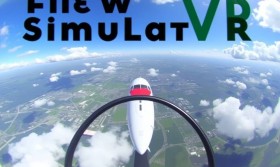Title: Beyond the Blackboard: How "Physicist Simulator VR" Theory Missions DLC Redefines Scientific Discovery
For decades, the popular image of a theoretical physicist has been one of solitude: a lone genius scribbling arcane equations on a chalkboard, their mind traversing abstract dimensions invisible to the rest of the world. While this captures a fragment of the truth, it completely misses the profound, almost visceral, intuition that the greatest physicists describe—the ability to feel the geometry of spacetime or visualize the dance of quantum fields. The original "Physicist Simulator VR" brilliantly gamified the experimental side of science, allowing players to cobble together particle accelerators and manage super-cooled magnets. But with its groundbreaking new "Theory Missions" DLC, the game completes the scientific circle. It doesn’t just simulate physics; it simulates the very act of theoretical insight, offering a breathtaking journey into the mind of a discoverer.
From Lab Coat to Thought Experiment
The DLC begins not in a laboratory, but in the "Mindscape," a personalized, immersive VR workspace that is the theorist's ultimate sandbox. This is your sanctum. With a gesture, you can summon a vast, multi-dimensional chalkboard that curves around you, or project a holographic model of the atom you're deconstructing. The ambient hum of the lab is replaced by a customizable soundscape, perhaps the faint echo of cosmic microwave background radiation or the soothing patterns of binaural beats designed for deep focus.
The core gameplay loop shifts from physical assembly to conceptual synthesis. The DLC presents you with "Anomalies"—experimental data from the base game's experiments that defy current models. Your task is not to run a new test, but to build a new theory. This is where the magic happens.
The Language of the Universe, in Your Hands
"Theory Missions" introduces a genius mechanic: the Symbol Weaver. This is a set of intuitive, gesture-based tools that allow you to manipulate mathematical concepts physically. You don't just type E = mc²; you pull a mass particle from a menu, twist it with both hands to convert it into energy, and watch as the iconic equation materializes in shimmering light, its consequences visually unfolding around you.
One early mission tasks you with reconciling the particle and wave nature of light. You can grab a holographic photon and stretch it, observing its wavelength. Then, you compress it into a point-like particle and fire it at a virtual double-slit apparatus. The act of physically manipulating these properties builds an intuitive understanding that paragraphs of text cannot convey. You're not learning about wave-particle duality; you're experiencing its paradoxical beauty.
VRInnovation #STEM #GameBasedLearning #Physics #VirtualReality
Walking in a Giant's Shoes: Historical Theory Missions
A standout feature is the "History Reimagined" campaign. Here, you don't just study the great discoveries; you re-live them from a first-person perspective.
- Newton's Apple, Revisited: You sit under the same tree, but in VR, the falling apple is just the beginning. You must then grab the moon from the sky and pull its orbital path, visually drawing the connection between the falling fruit and the celestial body, intuitively grasping the universality of gravity.
- Einstein's Ride: You are granted a "thought vehicle" and tasked with chasing a beam of light. As you approach light speed, the world around you contracts via Lorentz transformations rendered in real-time. Clocks on passing platforms slow to a crawl. You don't calculate time dilation; you witness its effects from the cockpit of your own mind, forging the foundational thoughts that led to Special Relativity.
- Schrödinger's Paradox: You are placed inside the famous box. With the wave function projected onto the interior walls, you can literally reach out and collapse it with your observation, making the cat's fate not a philosophical abstract, but a personal, interactive choice.
These missions are more than educational; they are profoundly empathetic. They teach the player that science is a human endeavor, born from curiosity, imagination, and the courage to question the obvious.
The Collaborative Mindscape
True to the collaborative nature of modern theoretical physics, the DLC features a shared online "Conference Hall." Here, players can invite others into their Mindscape to workshop a particularly stubborn equation. You can point to a problematic tensor in your gravitational model, and a fellow player from across the globe can gesture to suggest a different mathematical approach. This transforms problem-solving from a solitary struggle into a dynamic, social experience, mirroring the real-world peer review and collaboration that drives science forward.

The Verdict: A New Paradigm for Understanding
The "Theory Missions" DLC is a triumph of educational game design. It succeeds where textbooks and lectures often fail: it makes the abstract tangible. It translates the intimidating language of mathematics into a universal vocabulary of gesture, space, and visual wonder. It argues that the pinnacle of scientific simulation isn't just about replicating the physical results of an experiment, but about simulating the spark of genius that conceives of the experiment in the first place.
By allowing us to walk with Newton, dream with Einstein, and puzzle with Bohr, "Physicist Simulator VR: Theory Missions" does more than teach physics. It reminds us that we all possess the capacity for profound discovery. It turns every player into a theorist, not by giving them all the answers, but by giving them the tools to ask better questions. In this virtual mindscape, we are all invited to see the universe not just as it is, but as it could be.


















